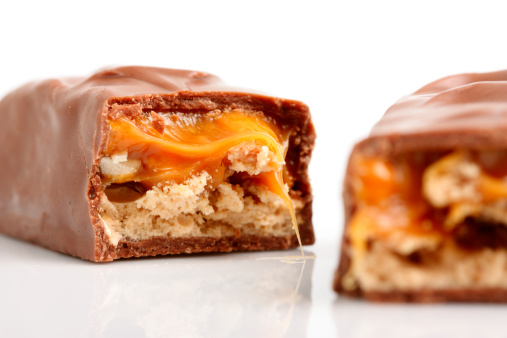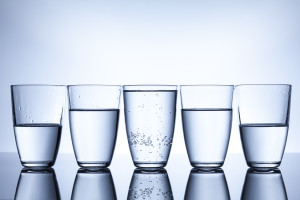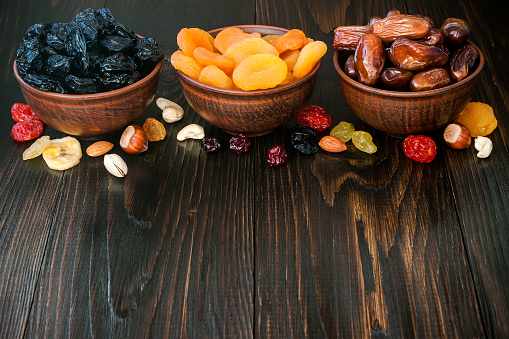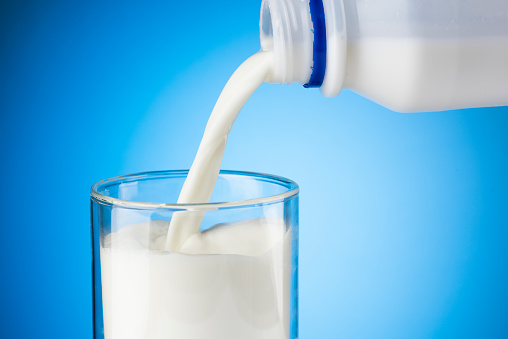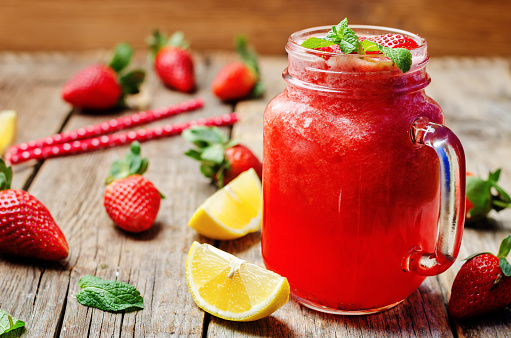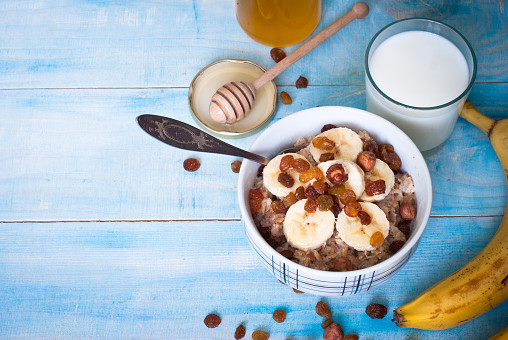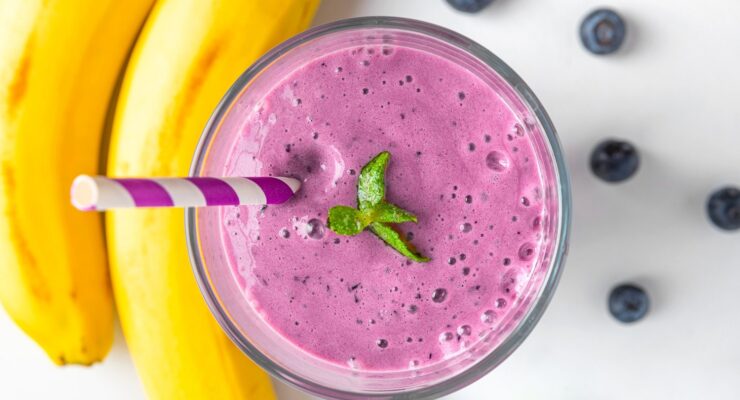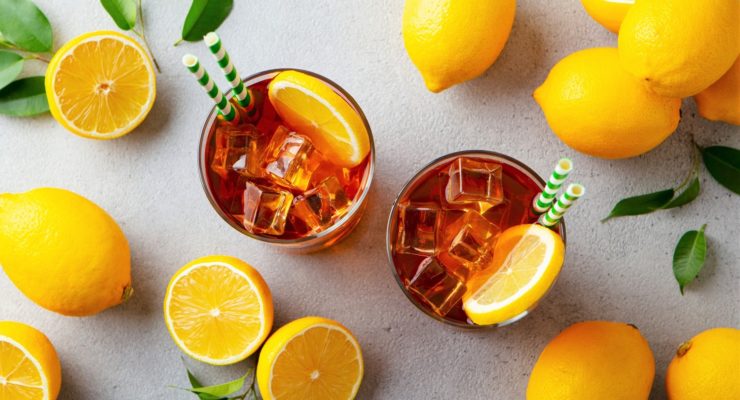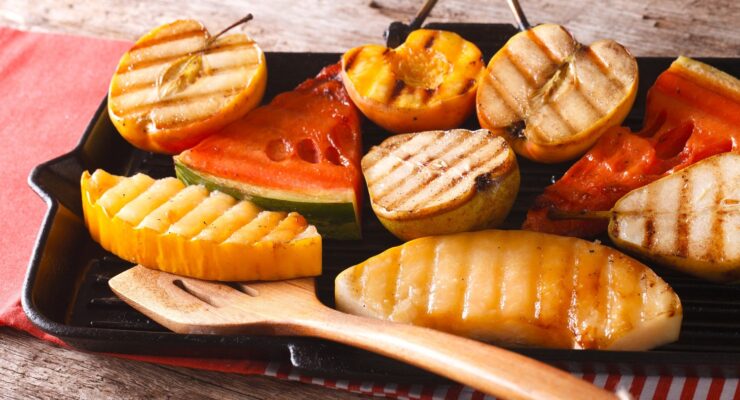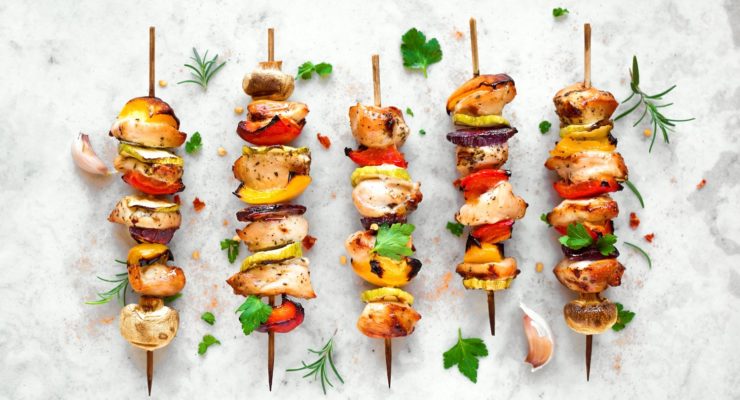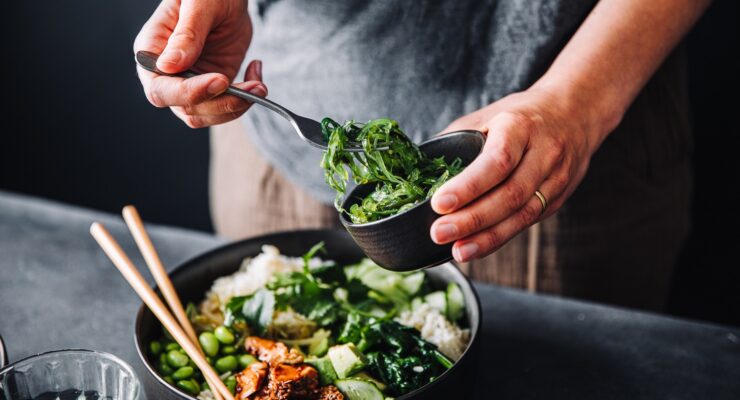11 Sneaky Sources of Added Sugar
Article posted in: Diet & Nutrition
We’re sorry to say it but taste aside, there’s nothing sweet about added sugar. In fact, sugars of this kind are something of a silent killer. There are many sneaky sources of added sugar in your average grocery store. Consider this: According to a 2014 study, published in the Journal of the American Medical Association Internal Medicine, consuming 17 to 21 percent of daily calories from added sugars increased heart disease-related death risk by 38 percent.
That doesn’t mean you can’t eat added sugars at all: The American Heart Association recommends a limit of 100 calories per day of added sugar for women—roughly 24 grams, and 150 per day for men—about 36 grams. Luckily, it’s about to get easier to determine how many added sugars you’re consuming. That’s because the “Nutrition Facts” label on packaged foods will soon be updated to include the added sugar content.
Until those changes are made, it’s important to be informed of food sources that contain added sugar. Since this sneaky ingredient finds its way into more than just desserts, we’ve pulled together a list of 11 sneaky sources of added sugar you may want to avoid (or at least compare options).
1. Barbecue Sauce
Until the Nutrition Facts label is updated, the back of the bottle will just list “sugars,” but even that will shock you when it comes to barbecue sauce: According to the U.S. Department of Agriculture’s nutrient database, just two tablespoons of one leading brand’s sauce has nearly 12 grams of hidden sugar.
The key to finding sources of added sugar is to look at the ingredients list: Words like high fructose corn syrup, honey, cane sugar, brown sugar, dextrose, maltose, sucrose, syrup, molasses, evaporated cane juice, glucose, fruit juice concentrates, or agave nectar are code for added sugar. And on barbecue sauces, the first ingredient—and thus, the ingredient with more weight in the product than any other—is often high fructose corn syrup.
2. Spaghetti Sauce
One half-cup of one of the leading jarred pasta sauces contains 10 grams of sugar, according to the USDA. And, in another popular brand, the fourth ingredient listed is simply “sugar”—there’s more of the sweet stuff than there is onions!
The biggest brands now offer a “no sugar added” variety—grab a jar of that and add some flavor with extra black pepper, a sprinkle of dried oregano or some sliced basil leaves on top.
3. Tonic Water
You may not notice because of the gin and the lime, but tonic water is more like tonic soda pop: One 11-ounce bottle can dish out nearly 30 grams of sugar, according to the USDA’s nutrient database. Many popular brands list high fructose corn syrup early on in the Ingredients list, which explains the surge of sugar. Opt instead for plain water with a squeeze of lemon and lime or, if it’s bubbles you’re after, check out a sparkling or seltzer water.
4. Flavored Applesauce
It’s fruit, right? Only kind of: Those blue- or orange-tinted cups of apple sauce that have magically been turned into blueberry- or mango-flavored treats aren’t actually made by magic—they’re made by adding sugar. They want you to think it’s a natural source of sugar. One popular brand does list mango and peach purees among the ingredients, but only after high fructose corn syrup and plain old sugar. No wonder a serving has 22 grams of sugars.
The “natural” healthy applesauce varieties get their 11 or so grams of sugar from apples—grab a cup of that and stash some cinnamon in your desk drawer. Sprinkle it on top to give the cup of fruit some extra zing without the extra sugar.
5. Dried Fruit
Many dried fruits are covered in sugar or honey both as a preservative and to make them even sweeter—so you keep grabbing them until the bag is gone. Banana chips are a great example: 225 grams of raw banana (equal to about 2 medium bananas) has 27.5 grams of natural sugar. But a 100-gram serving of banana chips has 35 grams of sugar … and those extra grams came from somewhere besides a banana tree.
But the most egregious adding of sugar to fruit might be in dried cranberries. Cranberries are not sweet, but these bags of cran-raisins are sweet enough to pop as a snack—probably because a quarter-cup serving has a whopping 29 grams of sugar. They’re injected with sugar to make those tart berries turn sweet. Have regular—unsweetened—raisins instead.
6. Almond, Cashew and Other Non-Dairy Milks
These milks seem healthy, and most do have fewer calories than traditional cow’s milk. But they don’t get so sweet and vanilla-flavored just from the almonds: According to the USDA, a one-cup serving of one of the leading brand’s vanilla-flavored almond milk has 15 grams of sugar thanks to the second ingredient listed—cane sugar.
The fix is easy: You can still have the vanilla flavor from the “unsweetened vanilla” varieties—you’ll save all 15 grams of sugar, plus enjoy the milk for nearly 60 fewer calories per cup.
7. Flavored Yogurts
Many of the major yogurt brands are advertising that they now have less sugar—but there’s still plenty inside the sweet, candy colored fruit flavored varieties. One major brand’s blueberry flavor has 18 grams in the tiny little cup, and lists “sugar” before “blueberries” on its ingredients list!
Mix in your own fruit: Bring a quarter-cup of blueberries and mix it in with nonfat, plain yogurt. A five-ounce serving of nonfat Greek yogurt has more protein than those sugary cups, and just four grams of natural sugar from the milk inside.
8. Granola
Granola might be the unhealthiest “health food” ever created. A holdover from the days of the Food Pyramid—when the government recommended a whopping 12 servings of grains per day—just a half-cup of even the “low fat” varieties can have 14 grams of sugar, according to the USDA. That’s because to make all those clusters of rice, whole wheat and oats stick together, you need sticky stuff—usually molasses, but also corn syrup, sugar and honey.
Do yourself a solid and skip the sugary stuff and opt for nuts and seeds instead.
9. Sports Drinks
The label of the leading sports drink reads like this: Water, sugar, dextrose. Since dextrose is a code word for added sugar—it’s a form of glucose—the second and third ingredients on the list are plain old sugar. That’s why if you drink the whole bottle, you’ll down 30 grams of sugar, according to the USDA database.
Sure, you burn some calories when you exercise, but a 20-ounce bottle of sports drink has nearly 160 calories—a little less than you burn on a two-mile run. Wouldn’t you rather refuel later with actual food? Sip some water while you work, and save your calories—and sugar—for solid food later.
10. Instant Oatmeal
If you’ve ever tasted an instant oatmeal packet before adding water, you know it’s more sugar than oatmeal. But the total amount may still shock you: The USDA database indicates that one leading brand’s apple cinnamon flavor as contains 12 grams of sugar, and lists “sugar” before “dehydrated apples” on the label.
11. Baked Beans
A half-cup serving of a leading baked beans brand’s “original” flavor has more than 10 grams of sugar, says the USDA. And it’s not likely that you’re eating just half a cup! After beans and water, the label on one popular product lists brown sugar and sugar—so the added sugar is hardly a secret.
Eliminate sneaky sources of added sugar from your diet! These seven simple tips can help. >
Ready to get started on the path to a healthier you? Sign up for a Nutrisystem weight loss plan today!
*Nutritional information taken from the USDA nutrient database and individual product sites as of 5/27/2016.

